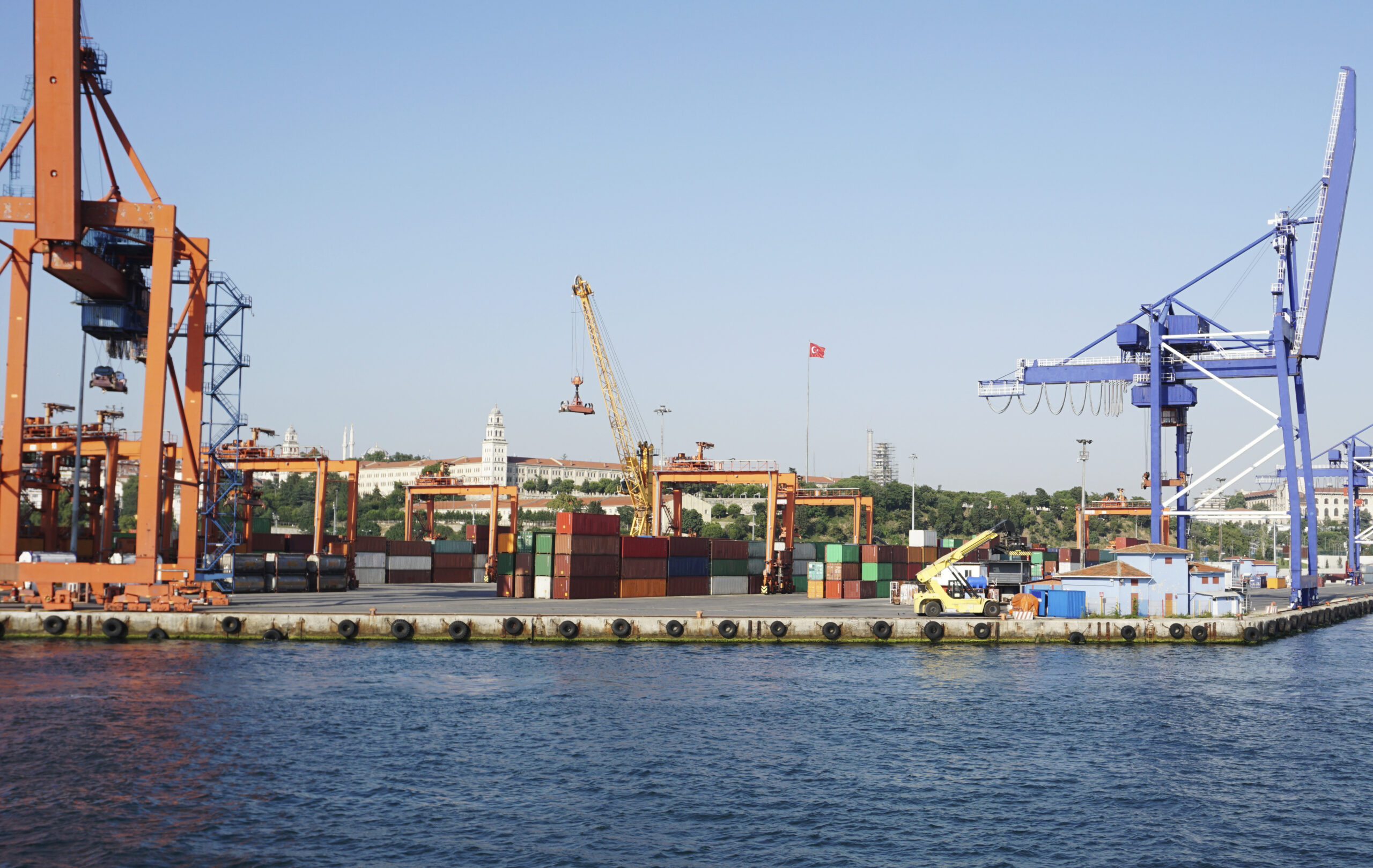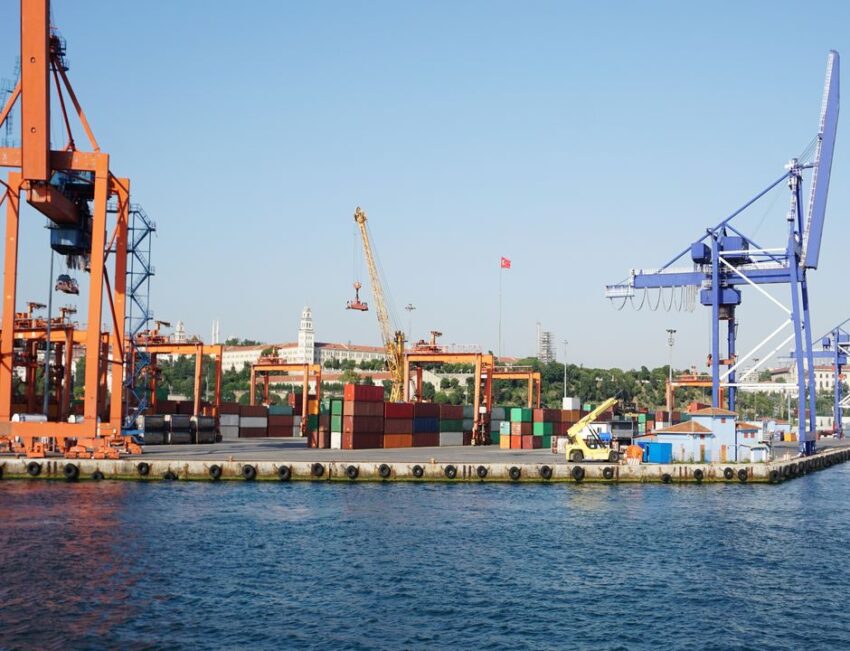A hard top container, commonly utilized in ocean freight shipping sector, offers a versatile solution for your transportation requirements. They stand out as some of the most versatile container options on the market. Engineered with a multi-purpose focus, these specialized containers prove highly advantageous in dynamic industries. Moreover, they enable the shipment of both standard dry cargo and oversized, voluminous cargo, making them an exceptional choice for a wide range of cargo needs.
In this blog post, we aim to equip you with comprehensive insights into the world of hard top containers. We’ll delve into their advantages, offer guidance on their usage, and address frequently asked questions to facilitate your decision-making process.

Uses of hard top contains in the ocean freight shipping industry
-
What are hard top containers?
A hard top container, often referred to as an intermodal freight container, is used for transporting goods not just across ships, but also via trains, and trucks. These containers are alternatively known as ISO Containers, ISO Tank Containers, or Intermodal Containers. Built to adhere to international standards, hard top containers boast compatibility with all major intermodal transportation systems. What sets them apart from ordinary containers is their distinctive feature- a removable rigid roof that facilitates the storage and transportation of large and heavy items.
These containers come in various sizes, with the 20-foot container being the most commonly used. Additionally, you can find them in 40-foot and 45-foot sizes. Constructed from sturdy steel, these containers feature corrugated steel walls and a durable hard top. This top layer serves to shield the container’s contents from the elements and ensures their security during transit.
The utility of hard top containers spans a wide spectrum of goods, including automobiles, machinery, construction equipment, and other oversized and bulky items. They also play a pivotal role in transporting liquids such as oil, chemicals, and hazardous materials. These containers form an indispensable component of the global transportation network, facilitating the movement of goods across the world.
-
Key characteristics of hard top containers
The hard top container possesses several key characteristics that contribute to its versatility and suitability for shipping various types of cargo in the ocean freight shipping industry.
- Construction Material: Like other containers, hard tops are primarily constructed from corrugated steel. This robust material ensures durability and protection for the container’s contents.
- Flooring: The flooring of hard top containers typically consists of wood. This choice of material helps reduce friction during loading and unloading operations.
- Removable Roof: Most hard top containers are equipped with rings on the roof, facilitating the easy removal of the top using a forklift. The roof’s weight typically hovers around 450 kilograms.
- Cargo Security: Hard top containers are designed with lashing rings strategically placed to secure cargo effectively. These rings are found on the upper and lower side rails, corner posts (capable of handling up to 2000 kilograms of load), and the middle of the sidewalls (with a load handling capacity of 500 kilograms). These features are especially useful when the container’s roof is closed.
- Door Header Design: An important feature of hard top containers is that the door header pivots outward. This design simplifies the loading and unloading of cargo, particularly when utilizing a forklift.
These characteristics collectively make the hard top container a versatile and practical choice for transporting a wide range of cargo, whether it’s standard dry goods or specialized items that require unique handling and security measures.
The different sizes of hard top containers
20ft Hard Top Containers
- This container size is equivalent to a standard Twenty-Foot Equivalent Unit (TEU) container.
- It is a suitable choice for shipping smaller quantities of dry goods or out-of-gauge cargo, which refers to oversized or irregularly shaped items.
- The 20ft hard top container is often favored by shippers seeking a cost-effective option for their cargo transportation needs.
40ft Hard Top Container
- Twice the length of the 20ft version, the 40ft hard top container provides more significant storage capacity.
- It is a versatile choice, accommodating a wide range of cargo, including larger dry goods, machinery, and oversized items.
- Shippers with larger loads or cargo that doesn’t fit within the constraints of a 20ft container often opt for the 40ft hard top.
45ft Hard Top Container
- The 45ft hard top container is the largest among the three standard sizes.
- It offers even greater space and is particularly suitable for shipping substantial volumes of cargo, especially when dealing with oversized or exceptionally bulky items.
Each of these hard top container sizes adheres to ISO standards, ensuring compatibility with intermodal transportation systems. Sea freight forwarders can select the size that best aligns with the nature and volume of their cargo, making hard top containers a versatile and adaptable choice for various needs in the ocean freight shipping industry.
Benefits of hard top containers in ocean freight shipping industry
Using removable top shipping containers, or hard top containers, offers several significant benefits:
Ease of Loading and Unloading
Hard top containers are easier to load and unload compared to traditional shipping containers. The removable top allows direct access to the contents, simplifying the process and reducing the need for specialized equipment.
Versatility
These containers are highly versatile and can serve multiple purposes. They are suitable for storage, transportation of various goods, and even temporary housing solutions. Their adaptability makes them valuable in a wide range of applications.
Durability
Hard top containers are constructed from high-quality materials that can withstand the elements. Their robust build ensures the safety of your cargo during transit and storage, even in challenging environmental conditions.
Enhanced Security
These containers can be securely locked, providing added protection against theft and unauthorized access. The locking mechanism makes it more difficult for potential thieves to break into them, safeguarding valuable cargo.
Cost-Effectiveness
Removable top shipping containers are often made from recycled materials, making them a more environmentally friendly and cost-effective choice. Additionally, they can be rented or purchased, providing flexibility to suit different budgetary requirements.
In summary, hard top containers offer convenience, versatility, durability, security, and cost-effectiveness, making them a practical choice for a wide range of shipping, storage, and even housing needs.


